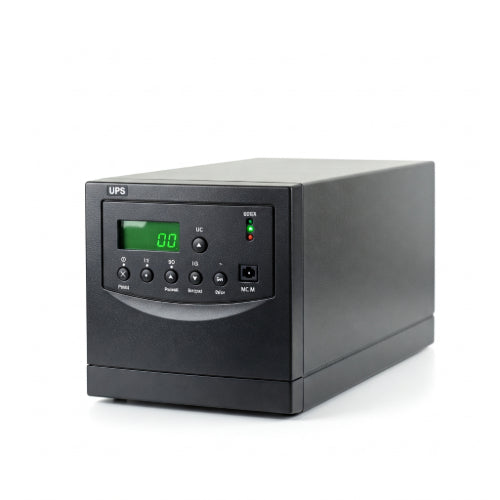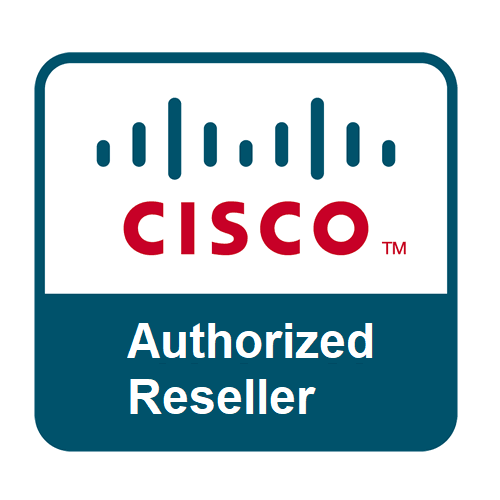Powering Through the Unexpected: Understanding Online vs. Offline UPS
In our increasingly digital world, a sudden power outage can mean lost work, interrupted gaming sessions, or even data corruption. An Uninterruptible Power Supply (UPS) acts as a crucial safety net, providing backup power to keep your essential devices running when the mains fail. However, not all UPS systems are created equal. Two common types dominate the market: Online and Offline. Understanding their differences is key to choosing the right protection for your needs.
The Basic Principle: Bridging the Power Gap
Both online and offline UPS systems have the same fundamental goal: to provide temporary power from a battery when the regular AC power supply is interrupted. They both contain a battery, circuitry to charge that battery, and an inverter to convert the DC battery power back to AC for your devices. The crucial difference lies in how they operate during normal power conditions.
Offline UPS (Standby or Battery Backup): The Waiting Guardian
Think of an offline UPS as a vigilant guardian, standing by until it's needed.
- Normal Operation: During normal power conditions, an offline UPS directly passes the incoming AC power to your connected devices. The battery is simultaneously charged.
- Power Outage: When a power outage occurs, a sensor detects the loss of AC power, and a transfer switch quickly kicks in, switching the load to the battery-powered inverter. This switch isn't instantaneous, and there's typically a brief transfer time (usually measured in milliseconds).
Pros of Offline UPS:
- Cost-Effective: Offline UPS systems are generally more affordable than their online counterparts.
- High Efficiency (Normal Operation): Since the power directly passes through, there's minimal energy loss during normal operation.
- Simpler Design: With fewer internal components actively working during normal operation, they tend to be more compact and have fewer potential points of failure in standard conditions.
Cons of Offline UPS:
- Transfer Time: The brief delay during the switch to battery power can be problematic for very sensitive equipment that cannot tolerate any interruption, however small. Most modern computers and peripherals can usually handle this short gap.
- Limited Power Conditioning: Offline UPS systems typically offer basic surge protection but don't actively regulate voltage fluctuations or filter out electrical noise when the mains power is stable. Your devices are still somewhat exposed to the raw utility power quality.
Best Suited For:
- Home computers and peripherals
- Small office equipment
- Gaming consoles
- Devices that are not critically sensitive to minor power interruptions
Online UPS (Double Conversion): The Constant Power Conditioner
An online UPS takes a more proactive approach, acting as a constant intermediary between the mains power and your devices.
- Normal Operation: In an online UPS, the incoming AC power is first converted to DC. This DC power then serves two purposes: charging the battery and powering the inverter. The inverter constantly produces a clean and stable AC output that feeds your connected devices.
- Power Outage: When a power outage occurs, there is no transfer time. The inverter is already running on the DC power, and the battery seamlessly takes over as the DC source.
Pros of Online UPS:
- Zero Transfer Time: The continuous power conversion ensures an uninterrupted power supply, crucial for sensitive equipment.
- Excellent Power Conditioning: The double conversion process (AC to DC, then DC back to AC) effectively isolates your devices from the inconsistencies of the mains power, providing clean, stable voltage and filtering out noise, surges, and sags.
- Superior Protection: Online UPS systems offer the highest level of protection against virtually all types of power problems.
Cons of Online UPS:
- Higher Cost: The more complex design and continuous operation make online UPS systems significantly more expensive.
- Lower Efficiency (Normal Operation): The constant power conversion leads to some energy loss and generates more heat, resulting in lower energy efficiency during normal operation.
- Potentially Shorter Battery Life: The battery is often engaged in the power conversion process, which can potentially lead to a slightly shorter lifespan compared to an offline UPS where the battery is primarily in standby mode.
Best Suited For:
- Mission-critical servers and networking equipment
- Medical devices
- Industrial control systems
- Any equipment that cannot tolerate even a brief power interruption or requires very clean power
Beyond Online and Offline: Line-Interactive UPS
It's worth mentioning a third common type: Line-Interactive UPS. These systems bridge the gap between offline and online UPS by offering some level of voltage regulation during normal operation using an Automatic Voltage Regulator (AVR). They still have a transfer time during outages but provide better power conditioning than a basic offline UPS.
Choosing the Right UPS for You
The best type of UPS for your needs depends on several factors:
- Sensitivity of your equipment: How critical is an uninterrupted power supply for your devices?
- Budget: How much are you willing to invest in power protection?
- Power quality in your area: Are you prone to frequent voltage fluctuations or power noise?
- Power requirements of your connected devices: Ensure the UPS has sufficient capacity (measured in VA or Watts).
In Conclusion
Understanding the fundamental differences between online and offline UPS systems is crucial for making an informed decision about protecting your valuable electronics. While offline UPS offer a cost-effective solution for basic backup power, online UPS provide the ultimate level of protection and uninterrupted power for sensitive and critical equipment. Consider your specific needs and budget to choose the UPS that will best safeguard your digital world.







